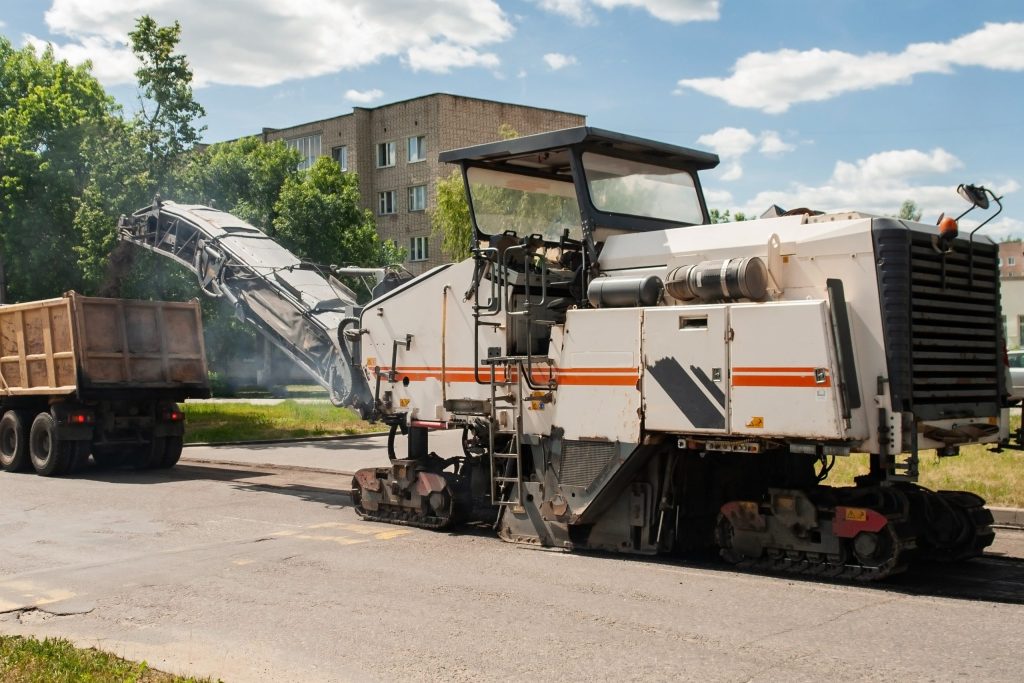Subtitle: In-depth understanding of the advantages of second-hand milling machines and their application in modern manufacturing
With the continuous advancement of Industry 4.0, the manufacturing industry has a growing demand for efficient and precise processing equipment. Against this background, the second-hand milling machine market has gradually become the first choice for many small and medium-sized enterprises and individual entrepreneurs. This article will take you to an in-depth understanding of the cost-effectiveness advantages, technical characteristics and applications of second-hand milling machines in modern manufacturing.

1. Cost-effectiveness advantages of second-hand milling machines
In the machine tool market, new equipment is often expensive, while second-hand milling machines have become an affordable choice with their lower cost and good performance. For users with limited budgets but certain requirements for equipment performance, a well-maintained and upgraded second-hand milling machine is undoubtedly an ideal investment.
2. Technical characteristics and maintenance
Despite being second-hand equipment, many milling machines are still technically advanced. In addition, through professional maintenance and necessary upgrades, these devices can meet current processing needs. Before purchasing, users should carefully check the wear and tear of the equipment, the electrical system, and the software configuration to ensure that they can meet production needs.
3. Application of second-hand milling machines in manufacturing industry
Whether it is automobile manufacturing, aerospace or medical equipment, milling processing is an indispensable link. Second-hand milling machines can provide a variety of processing solutions, including plane milling, contour milling and three-dimensional surface processing. They play an important role in improving production efficiency and reducing production costs.
4. Precautions for purchasing second-hand milling machines
When purchasing a second-hand milling machine, users need to consider the following key factors:
1. Equipment condition: Check whether the equipment has signs of excessive wear or damage.
2. Technical support: Ensure that the equipment supplier provides necessary technical support and after-sales service.
3. Legal compliance: Confirm that the equipment meets local industrial safety and environmental protection standards.
4. Training and operation: Consider whether the operator needs additional training to adapt to the new equipment.
5. Conclusion
The second-hand milling machine market provides a cost-effective and technologically mature option for the manufacturing industry. As the market continues to mature and standardize, more and more users are beginning to recognize the value of second-hand equipment. Through careful selection and reasonable maintenance, second-hand milling machines can become a powerful tool to promote production efficiency and reduce costs.



